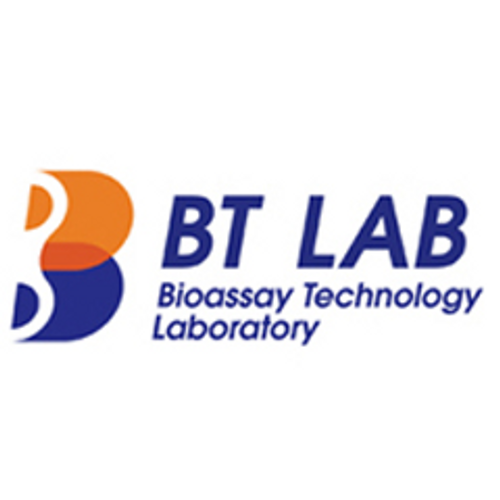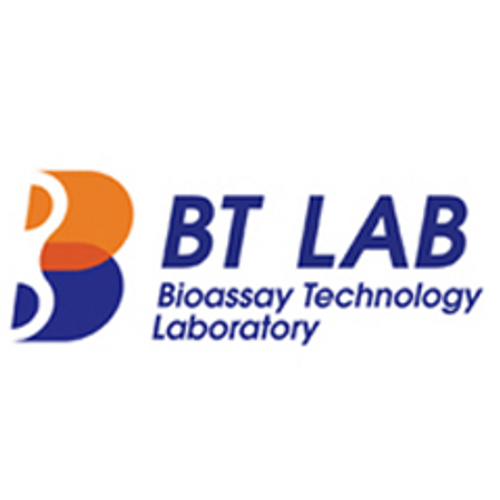Product Description
Cat Norepinephrine (NE) ELISA Kit | AE63284CA | Abebio
Species Reactivity: Cat (Felis catus, Feline)
Abbreviation: NE
Alternative Name: N/A
Application: ELISA
Range: 61.7-5000 pg/mL
Sensitivity: 26.1 pg/mL
Intra-Assay: ≤4.3%
Inter-Assay: ≤8.2%
Recovery: 1
Sample Type: Serum, Plasma, Other biological fluids
Detection Method: Sandwich
Analysis Method : Quantitive
Test Principale: This assay employs a two-site sandwich ELISA to quantitate NE in samples. An antibody specific for NE has been pre-coated onto a microplate. Standards and samples are pipetted into the wells and anyNE present is bound by the immobilized antibody. After removing any unbound substances, a biotin-conjugated antibody specific for NE is added to the wells. After washing, Streptavidin conjugated Horseradish Peroxidase (HRP) is added to the wells. Following a wash to remove any unbound avidin-enzyme reagent, a substrate solution is added to the wells and color develops in proportion to the amount of NE bound in the initial step. The color development is stopped and the intensity of the color is measured.
Product Overview: Noradrenaline is the neurotransmitter of the peripheral sympathetic nervous system, responsible for so-called adrenergic neurotransmission, at nerve endings in the heart, in smooth (involuntary) muscle, and in many glands. It is one of the catecholamines. Tyrosine, an amino acid present in body fluids, is taken up into the adrenergic nerve terminal where it is acted upon by an enzyme, tyrosine hydroxylase, to form DOPA; this is converted to dopamine and in turn to noradrenaline. The neurotransmitter is stored in small vesicles, awaiting release. Arrival of the impulse at the nerve terminal releases vesicles, freeing the noradrenaline to exert its effects. To terminate the action of the transmitter, some noradrenaline is oxidized to inactive material, but most is taken back up into the nerve terminal and stored for later use. There are two types of cell membrane receptors with which noradrenaline interacts, termed a and b, each group having several subtypes.
Stability: The stability of ELISA kit is determined by the loss rate of activity. The loss rate of this kit is less than 5% within the expiration date under appropriate storage condition. The loss rate was determined by accelerated thermal degradation test. Keep the kit at 37°C for 4 and 7 days, and compare O.D.values of the kit kept at 37°C with that of at recommended temperature. (referring from China Biological Products Standard, which was calculated by the Arrhenius equation. For ELISA kit, 4 days storage at 37°C can be considered as 6 months at 2 - 8°C, which means 7 days at 37°C equaling 12 months at 2 - 8°C) .
 Euro
Euro
 USD
USD
 British Pound
British Pound
 NULL
NULL








